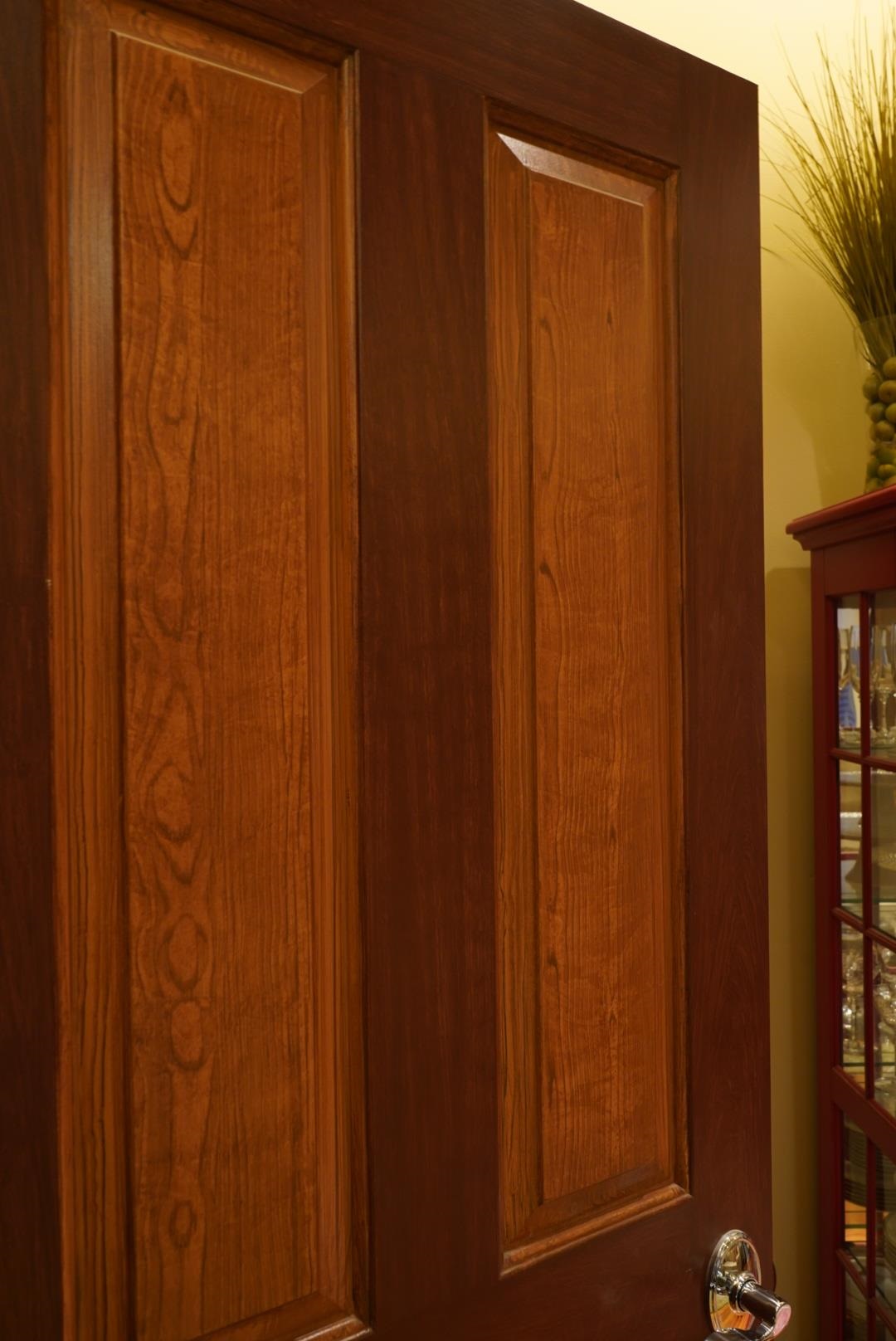To Faux or Not to Faux?
To Faux or Not to Faux?
When is it OK, to use a faux version of a material in your interior design?
faux
/fō/
adjective
1. made in imitation; artificial.
"a string of faux pearls"
When my eldest daughter, Jackie got married she loved the idea of having or Golden Doodle, Bailey as part of the wedding party. Knowing how much energy that would take (and who would end up having to walk her during the reception!) I decided to take the easy way out. I created a cardboard cutout of Bailey with a high-resolution photograph printed at our local Staples and some foam board. The result was AWESOME! And the “faux” Bailey had a great time at the reception – ending up on the dance floor several times!
Part of my role as a professional interior designer is to advise my clients in their material selection. There are times when using an “imitation” of the real material, which I refer to as faux - a French word meaning an artificial version of the real thing is a sensible option. These alternatives have been around for a long time, and there a pros and cons to each faux material.
For example, a decorative paint treatment known as “Venetian Plaster” is a wonderful way to add texture and interest to a room. This was quite a popular wall treatment when I first began my interior design practice more than 20 years ago, but today it seems as if the industry had taken a turn away from imitation on most fronts. However, there are still many instances where I will still recommend a faux alternative to a client. This recommendation is often based on one of three factors; durability, practicality and budget. I will give you examples of each.
DURABILITY
Recently I did a large kitchen/family room renovation for a client. They have real hardwood floors in several areas of their home on the same level and they thought it would be nice to use natural hardwood in the renovated spaces (the existing floors were carpet and tile). But I know these clients very well, and I know their lifestyle encompasses them both having demanding jobs, three active teenagers, two dogs and a large extended family. I also considered the space which has an exterior patio door that was their usual point of entry. So when they initially wanted real hardwood floors for this entire kitchen and family room I presented several “faux” options. What we finally decided on is a waterproof vinyl imitation of a wood plank. The core of this material is similar to a waterproof exterior decking material – tough enough to stand up to their busy lifestyle and family needs – yet a beautiful look for their new space. (See my video on this vinyl plank flooring solution.)
PRACTICALITY
I love working with older homes because the character is already in place - it just needs a good tune-up! So when a client came to me who wanted to renovate the kitchen in the new-old home they had just purchased, I was excited to help them with the project. The first thing I noticed when I came into the house was the gorgeous original river rock stone fireplace. This stone was also used in the exterior foundation – so it was an integral part of the essence of this 1920’s Craftsman style home. I was so struck by this stone that I wanted to integrate it into the design of the new kitchen. I was able to source a molded foam product that was an excellent match to the existing stone of the fireplace AND the product was also available in a fire-rated version so we could use it behind the range, too! The ability to easily incorporate AND clean these faux stone panels made it a practical solution for the design.
BUDGET
Cost analysis is often the main factor in selecting a faux product over a real version of a material. When we were renovating my own home and studio the cost differential made me opt for a less expensive version of a natural wood product in a couple of areas. One decision in particular had to do with the fire-rated doors that were required by code to separate the commercial portion of my studio from the rest of the house. Steel, fire-rated doors are obviously more expensive than a standard interior door, and a wood veneer fire-rated door is even more expensive still. So when the time came to order these doors I looked at our ever-expanding budget (Read more on this in my blogs that document the renovation of our circa 1905 brick row house.) and came up with a clever way to save money. I purchased a standard steel fire-rated door and had my decorative painter use a faux technique to replicate the wood tones of the other doors and trim in the room. It worked perfectly and I love seeing if our friends and my clients can tell the difference!
It’s true, in most cases nothing beats the “real thing” but often, when a good faux version is available it can actually be a better choice; more functional, durable, practical, and less expensive.





